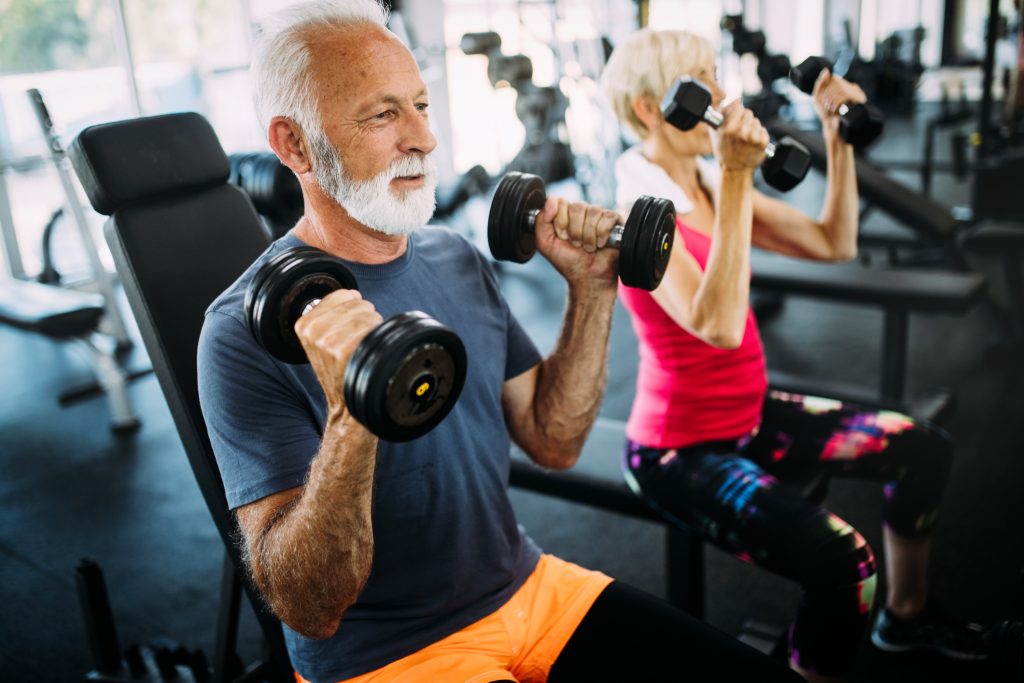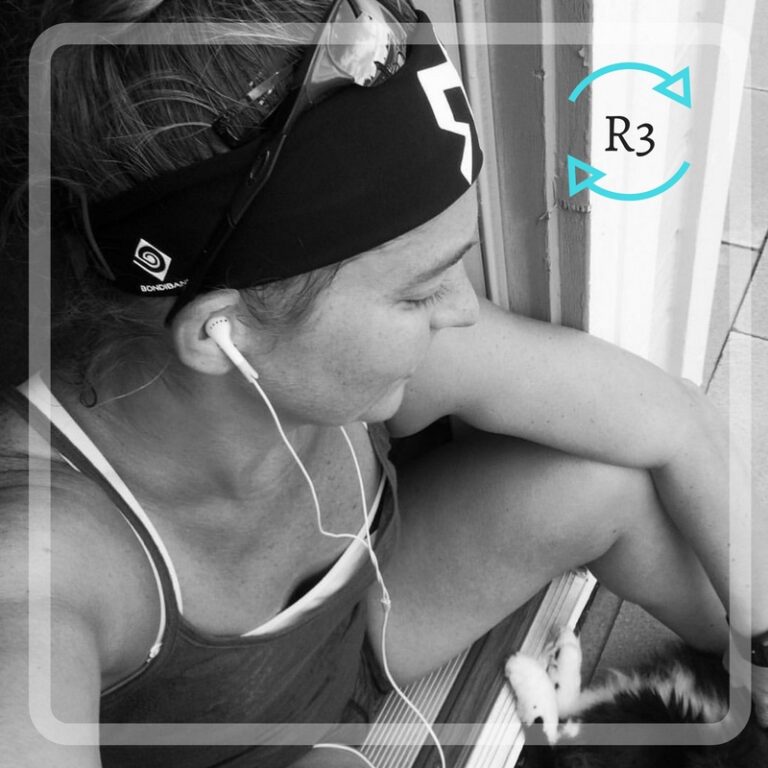What’s the Best Exercise?
I get asked this question a lot (and I mean a lot!). And while I really want to give people a clear, concise answer, the best I can do is say, “It depends.”
Okay— technically, that is a very clear and concise answer, but it’s not the one they’re looking for. It is, however, the only one I can give honestly.
An exercise plan, just like an eating plan, is never a one-size-fits-all kind of thing. Your goals are just that: your goals. The same goes for your lifestyle and interests. (I mean, seriously, who’s going to keep working out if it’s both boring and throws your schedule out of whack?) Most important, however, is that your body is your body. Not only does that mean it comes with its own abilities and limitations, but it also has its own way of responding to different types of exercise.
So, yeah, I can’t tell you what the best exercise is in a blog post, but I can go over a couple of examples to help you create a plan that works for you. Let’s start with some strength training options.
Strength Training? IDK…

Yes. Strength training. But before you click away, hear me out. Getting stronger is a key part of living a healthy, active life—especially as we get older. Stronger muscles can help you:
- Protect your joints
- Avoid injury
- Increase bone density
- Maintain a healthy weight
- Manage pain
And you can get these benefits without bulking up like a bodybuilder.
Unless, of course, that’s what you want.
Single-Joint Exercises
Single-joint exercises are probably what most people of a certain age (a.k.a. me) think of when someone mentions strength training or weightlifting. These exercises use just one joint and isolate a single muscle group—think bicep curls or leg extensions. By focusing on one muscle group, single-joint exercise are a good option for people who want to:
- Increase their muscle size, strength, and power
- Target a weak area
- Protect an injury while still working out
You can perform single-joint exercises with free weights, machines, or even just items you have around the house.
Compound Exercises
Compound exercises are essentially the opposite of single-joint exercise: they incorporate multiple muscle groups and joints in one exercise. For example, bicep curls are a single-joint exercise, but if you add a squat, you’ve made it a compound exercise.
You might also hear compound exercises described as functional training because the techniques are geared towards activities outside of the weight room, such as getting better at a favorite sport or making daily activities easier. Moreover, compound exercises:
- Save time: Because you’re engaging multiple muscle groups, you can usually get a complete workout done in less time than if you targeted one muscle at a time.
- Burn more calories: Using more muscle groups requires more energy, so it burns more calories.
- Improve coordination: While compound exercises don’t have to be complicated, they sometimes require a couple of moves. Working on doing this smoothly and efficiently can boost your coordination.
Moves you have to think about are good for the brain, too. And for an added bonus, they can make your workout more fun. (Is that an oxymoron? Maybe, but at the very least they can make it feel like it’s going faster!)
Much like single-joint exercises, compound moves can be performed with free weights, but weight machines are usually out. The really cool thing is that you can get started just with your body weight, and that means you can do them just about anywhere.

One more important note: This isn’t an either-or-choice. Both types are totally legit and can be incorporated into your routine depending on your fitness goals. So which exercise is best for you? Honestly, it’s the one that gets you where you want to go. Let me help you figure that out with a free 20-minute call to get started.
Wishing you all the best in health,







